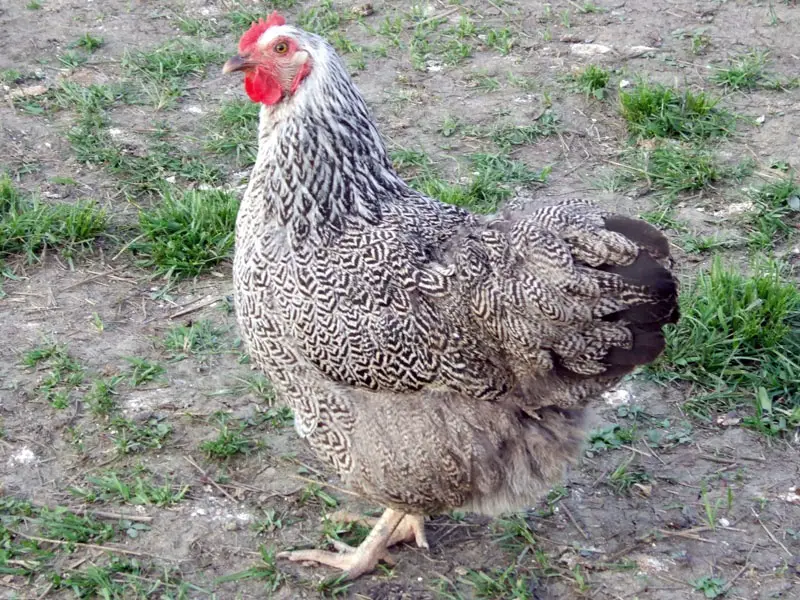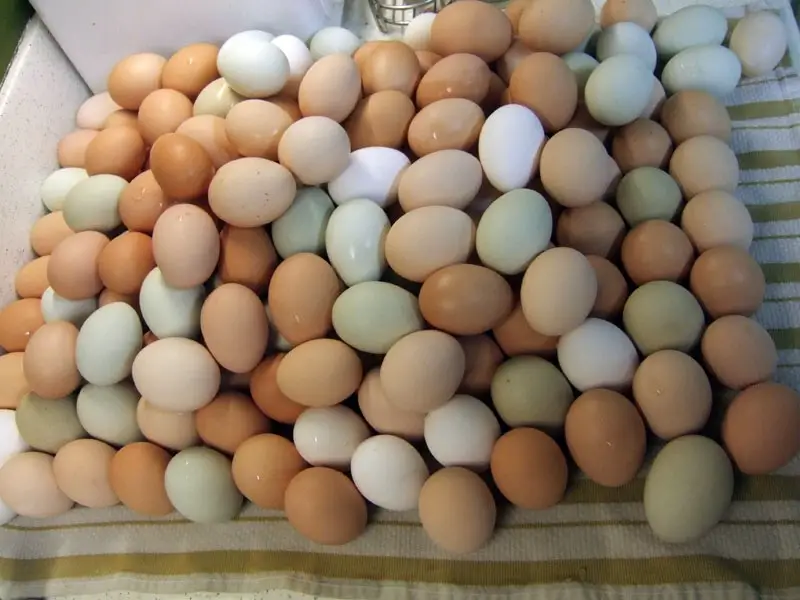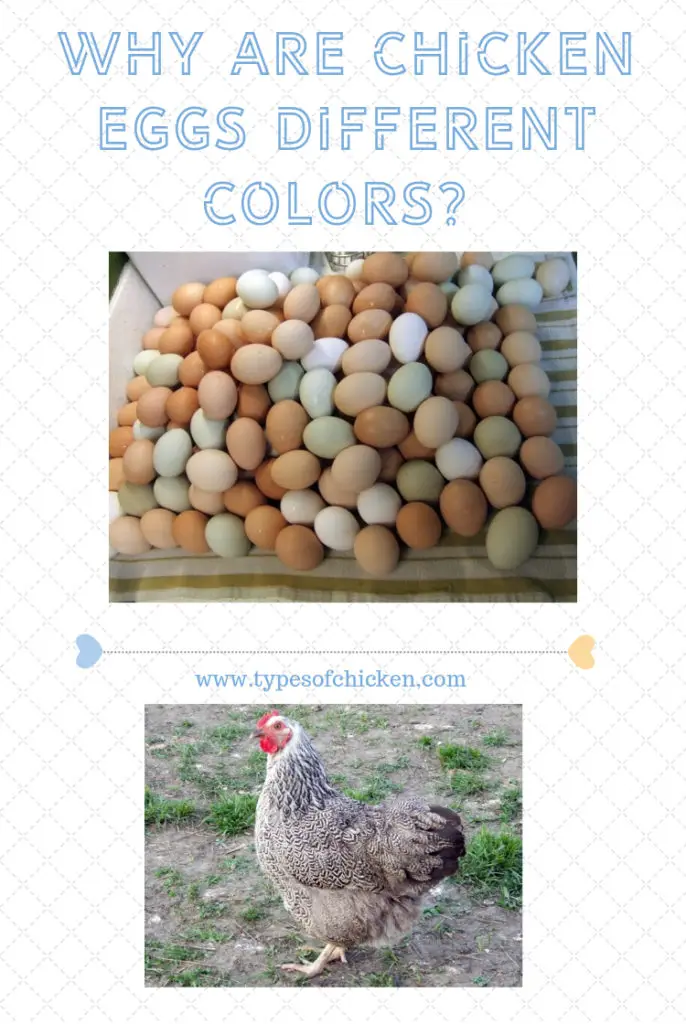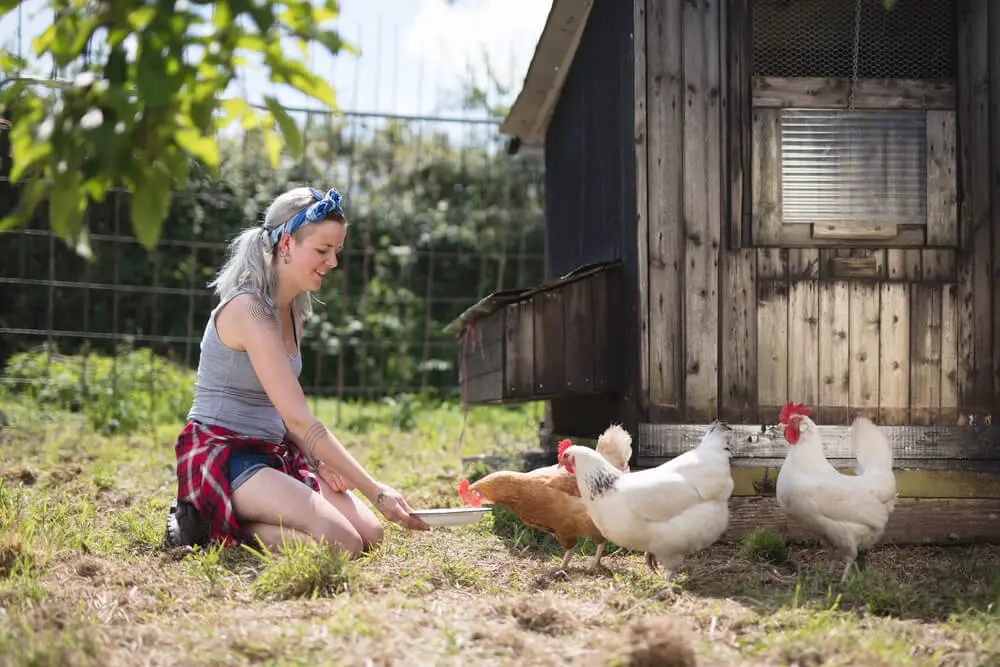Contrary to popular belief, a brown chicken egg is not healthier than a white chicken egg.
Have you ever wondered why chicken eggs come in a variety of color– white, cream, brown, blue or green? Do the different colors impact the flavor or the health value of the eggs?
According to Michigan State University Extension, egg color is determined by the genetics of the hens.
The breed of the hen will indicate what color eggs she will produce.
For example, Leghorn chickens lay white eggs while Orpington’s lay brown eggs and Ameraucana produce blue eggs.
An Olive Egger, a chicken that lays olive green eggs, is the product of a cross between a hen and rooster that are from a brown egg and a blue egg-laying breed.
An interesting tip is to look at the chicken’s ear lobes; typically those with white ear lobes produce white eggs.

All eggs start out white in color; those that are laid in shades other than white have pigments deposited on them as the eggs travel through the hen’s oviduct.
The journey through the chicken’s oviduct takes approximately 26 hours. The shell takes roughly 20 hours to be complete. Ameraucana birds have the pigment oocyanin deposited on the egg as it travels through the oviduct.
This pigment permeates the eggshell resulting in the interior and exterior of the egg is the same blue color. Chickens that lay brown-tinted eggs deposit the pigment protoporphyrin on the eggs late in the process of forming the shell.
The pigment, therefore, does not penetrate the interior of the egg, but tints only the surface of the egg, which is why brown eggs are white on the interior. In the case of an Olive Egger, a brown pigment overlays a blue eggshell resulting in a green egg.
The darker the brown pigment the more olive color of the resulting egg.

Other than appearance, there are no major differences between eggs from different breeds of chickens as noted on the University of Illinois Extension’s Incubation and Embryology site.


Shannon Stansberry has been engaged in the business of raising chickens for more than 12 years. In 2016, she accomplished the Agriculture & Natural Resources program at Mt. San Antonio College. At present, she tends to more than 80 chickens on her 4-hectare farm. Shannon regularly shares her insights and experience on how to raise healthy and contented chickens on the platform Typesofchickens.com

